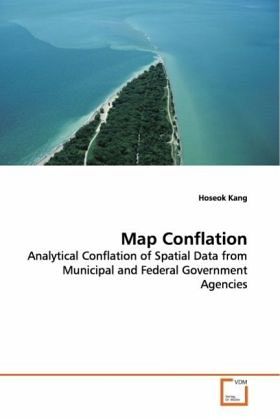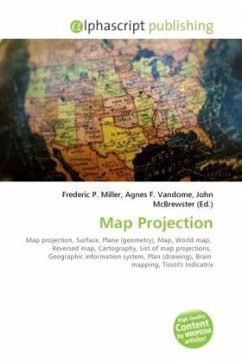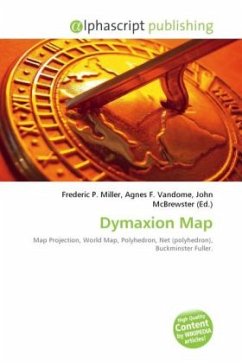
Map Conflation
Analytical Conflation of Spatial Data from Municipal and Federal Government Agencies
Versandkostenfrei!
Versandfertig in 6-10 Tagen
52,99 €
inkl. MwSt.

PAYBACK Punkte
26 °P sammeln!
The book covers the range from theoretical nature of a new model of conflation to the empirical results and findings of implementing the proposed map conflation system. It presents two different map models corresponding to two different mathematical approaches to map conflation. The first model is based on the cell model of map in which a map is a cell complex consisting of 0-cells, 1-cells, and 2-cells. The second map model is based on a different set of primitive objects that remain homeomorphic even when generalized. The second model facilitates map conflation by guaranteeing the existence ...
The book covers the range from theoretical nature of
a new model of conflation to the empirical results
and findings of implementing the proposed map
conflation system. It presents two different map
models corresponding to two different mathematical
approaches to map conflation. The first model is
based on the cell model of map in which a map is a
cell complex consisting of 0-cells, 1-cells, and 2-
cells. The second map model is based on a different
set of primitive objects that remain homeomorphic
even when generalized. The second model facilitates
map conflation by guaranteeing the existence of both
local and global homeomorphisms everywhere. Matching
operations in map conflation are defined in one of
two ways, depending on the map model used. The first
model allows for the possibility of non-homeomorphic
matching. The second model does not. If
corresponding matching features within a subregion
happen to have the same dimension and be
homeomorphic, then more conventional matching
strategies may be applied. If corresponding
features, however, are not homeomorphic, then an
operation called topological surgery may be
implemented.
a new model of conflation to the empirical results
and findings of implementing the proposed map
conflation system. It presents two different map
models corresponding to two different mathematical
approaches to map conflation. The first model is
based on the cell model of map in which a map is a
cell complex consisting of 0-cells, 1-cells, and 2-
cells. The second map model is based on a different
set of primitive objects that remain homeomorphic
even when generalized. The second model facilitates
map conflation by guaranteeing the existence of both
local and global homeomorphisms everywhere. Matching
operations in map conflation are defined in one of
two ways, depending on the map model used. The first
model allows for the possibility of non-homeomorphic
matching. The second model does not. If
corresponding matching features within a subregion
happen to have the same dimension and be
homeomorphic, then more conventional matching
strategies may be applied. If corresponding
features, however, are not homeomorphic, then an
operation called topological surgery may be
implemented.












